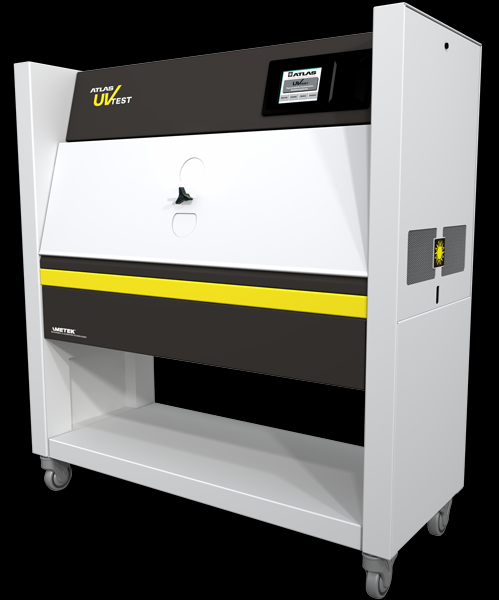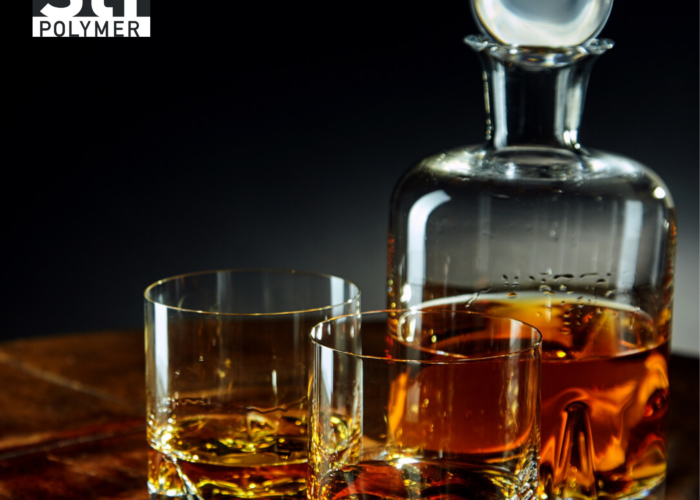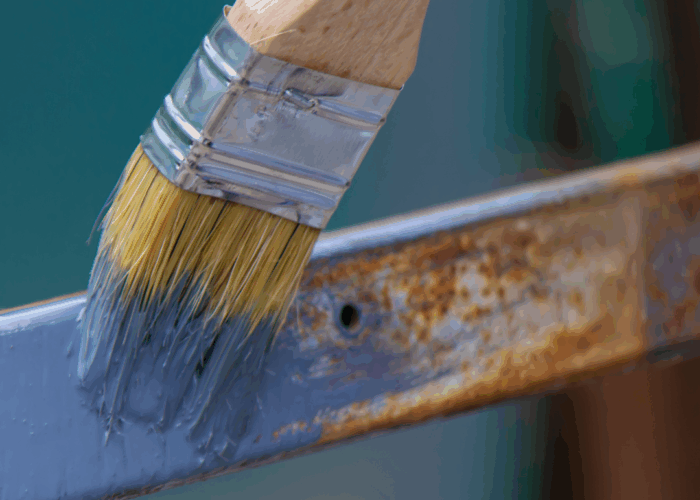impact, value, commitment Your decisions today will indeed have an impact on your polymer supply…

We have added a QUV Testing Instrument to our coatings lab!
Having a laboratory instrument that alternately exposes materials to fluorescent UV light, water condensation, temperature, and water spray offers numerous advantages, especially for the coatings, sealants, and elastomeric markets. Here are some key qualities, advantages, and benefits:
Enhanced Durability Testing
- Simulated Real-World Conditions: This instrument replicates the harsh environmental conditions that materials will face in real-world applications. By exposing materials to UV light, water, and temperature fluctuations, it ensures that only the most durable products make it to market.
- Accelerated Aging: The ability to simulate years of wear and tear in a short period allows for rapid assessment of material longevity and performance. This helps in predicting the lifespan of coatings, sealants, and elastomers.
Improved Product Quality
- Consistency and Reliability: Regular testing under controlled conditions ensures that each batch of material meets high standards. This consistency is crucial for maintaining product quality and customer satisfaction.
- Early Detection of Failures: By identifying potential weaknesses early in the development process, manufacturers can make necessary adjustments before full-scale production, reducing the risk of product failures in the field.
Cost and Time Efficiency
- Reduced Development Time: Accelerated testing speeds up the R&D process, allowing new products to reach the market faster. This is particularly beneficial in competitive industries where time-to-market is critical.
- Cost Savings: Early detection of material weaknesses and the ability to refine products before mass production can lead to significant cost savings by reducing waste and avoiding costly recalls.
Market Competitiveness
- Innovation and Improvement: Continuous testing and improvement of materials lead to innovative products that stand out in the market. This can provide a competitive edge by offering superior performance and reliability.
- Compliance and Standards: Ensuring that materials meet industry standards and regulations is crucial. This instrument helps in achieving compliance, which is essential for market acceptance and customer trust.
Environmental and Safety Benefits
- Sustainable Practices: By testing materials for durability and performance, manufacturers can develop products that last longer, reducing the need for frequent replacements and minimizing environmental impact.
- Safety Assurance: Reliable testing ensures that materials used in critical applications, such as construction and automotive industries, are safe and effective, protecting both users and the environment.



